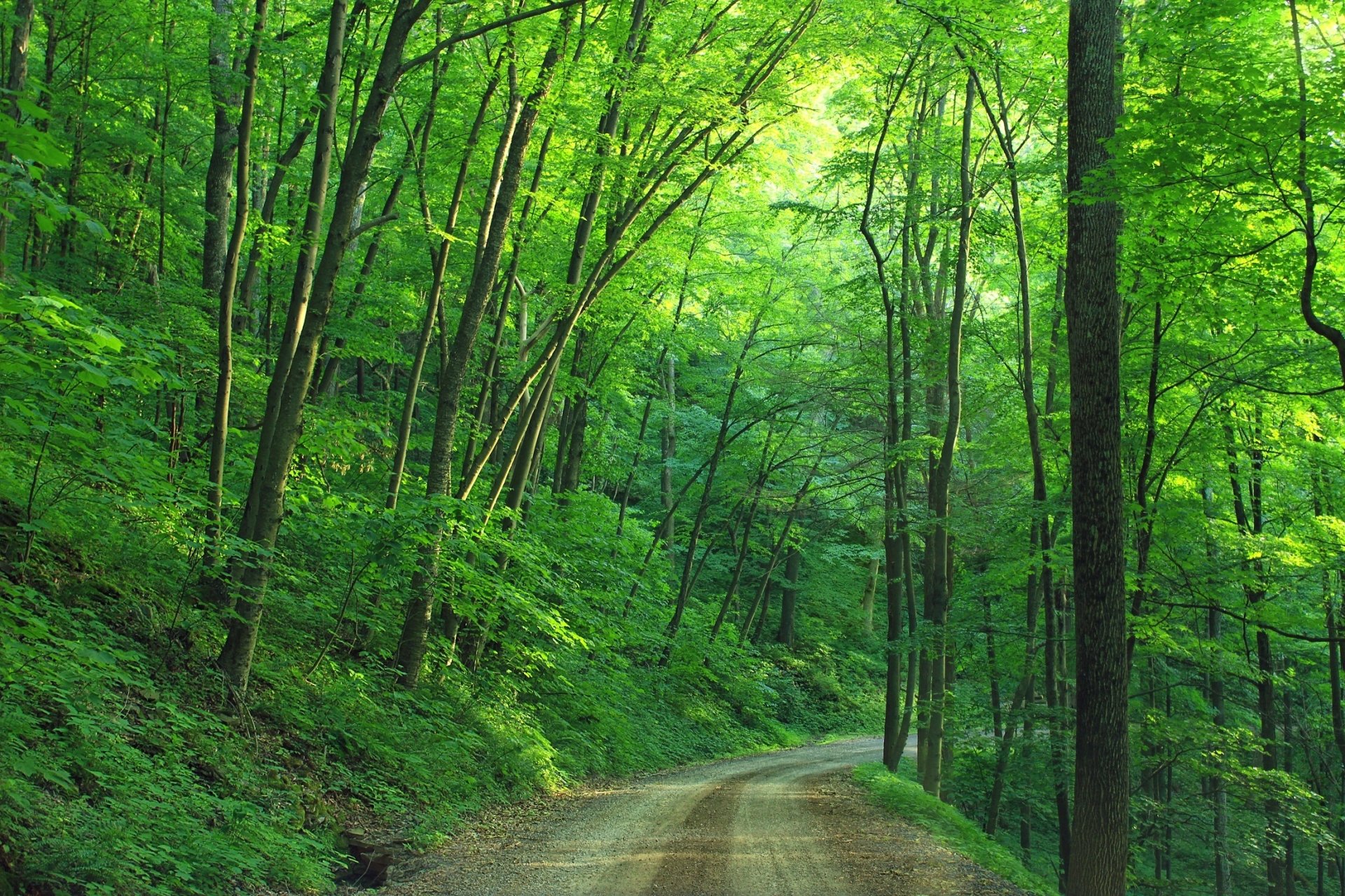

The Gilchrist State Forest is Oregon's newest state forest. Learn about damage to the forest, restoration plans, and status of popular recreation sites. Ībout 16,000 acres of the Santiam was damaged in the 2020 Labor Day fires, and some of these areas are re-opening as safety hazards are cleared and, in limited areas, post-fire harvest has occurred. The Santiam State Forest encompasses more than 47,000 acres in the foothills of the Cascades, and is managed by the North Cascade District, within three counties: Clackamas, Marion, and Linn. Today, the forest is divided into several large blocks of land and numerous smaller parcels along Highway 22, approximately 20 miles from Salem. The only part of the Santiam State Forest that was planted by the Department of Forestry was the area burned by the 1951 Sardine Creek Fire, which burned approximately 21,400 acres northeast of Mehama. The Forest Acquisition Act, passed in 1939, encouraged counties to deed the foreclosed lands to the Oregon Department of Forestry in exchange for a share of future timber harvest revenues.īy the time the state took ownership, much of the forest already was naturally restocked with a native mix of seedlings. Many landowners let their land return to the counties for delinquent taxes while others sold it to the county for a minimal amount. By the 1930’s and 1940’s with the land either logged over or burned by wildfire, many of the timber companies which owned the land saw little value in the forest. Private timber companies harvested most of the forest in the Santiam Canyon between 18. The forest is managed by the Oregon Department of Forestry out of two district offices, one in Forest Grove and one in Tillamook, with an additional field office in Columbia City.The Tillamook Forest Center offers fascinating exhibits, outdoor trails, progams for families and students, along with recreational information for forest visitors.įor more specific information about recreation on the Tillamook State Forest, visit the Tillamook State Forest blog.
#Green acres forestry and landscape full#
Today, this hand-made forest is a healthy, productive, and sustainable ecosystem that provides a full range of social, economic and environmental benefits to Oregonians. The Tillamook Burn was officially renamed the Tillamook State Forest by Oregon Governor Tom McCall on July 18, 1973. In total, helping hands planted 72 million seedlings giving the burned-over landscape a new start. Oregon voters passed a constitutional amendment in 1948 authorizing $12 million in bonds to rehabilitate the land.
#Green acres forestry and landscape professional#
In the years since the fires, foresters, professional tree planters and volunteers have worked to reestablish the forest and its many resources.

The fires had profound environmental, economic and social repercussions for the coastal counties of northwest Oregon. The Tillamook State Forest encompasses the same area as the historic Tillamook Burn, the series of large fires that began in 1933 and struck at six-year intervals through 1951, burning a combined total of 355,000 acres. Today, the forest provides timber products important to local economies, wildlife habitat, and a place for people to enjoy. In 1973, the Oregon Board of Forestry formally dedicated 154,000 acres of forestland as the Clatsop State Forest. By 1957, Clatsop County had transferred 141,000 acres to the state. The Forest Acquisition Act, passed in 1939, further encouraged counties to deed the foreclosed lands to the Oregon Department of Forestry, giving rise to the state forest system we have today. Logging camps, railroads, and lumber mills were prevalent in Clatsop County due to the demand for lumber during World War I.Īs tracts of timber were cut, the logged land were given to the counties in exchange for paying taxes. In 1936, Clatsop County became the first county in Oregon to deed its forestlands to the state to manage in exchange for part of the revenue generated from timber sales. State Stewardship Coordinating Committeeīefore the 1930s, nearly all of the land that is today part of the Clatsop State Forest was in private ownership.Forestry Program for Oregon Subcommittee.Compliance Monitoring Program Committee.Certified Burn Manager Advisory Committee.


 0 kommentar(er)
0 kommentar(er)
